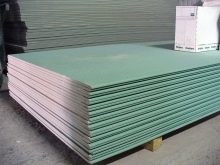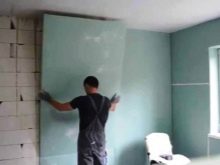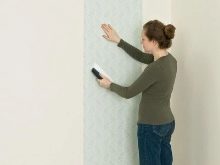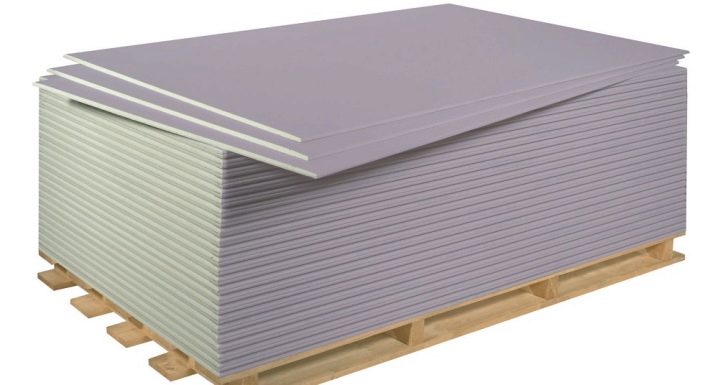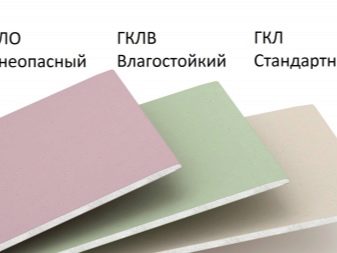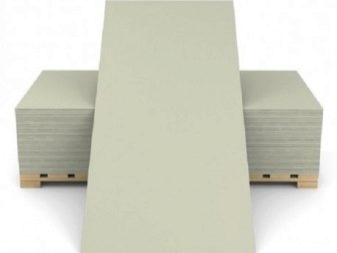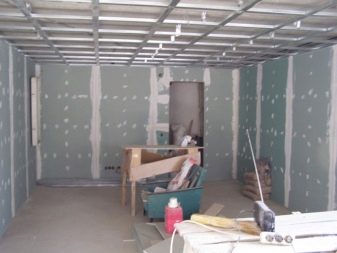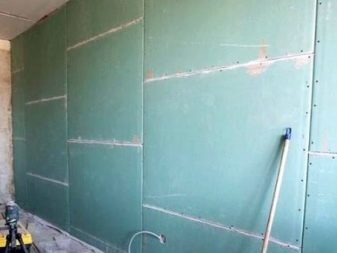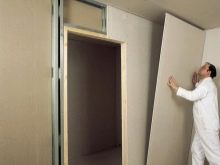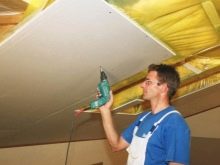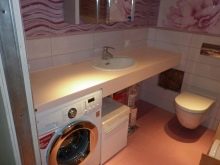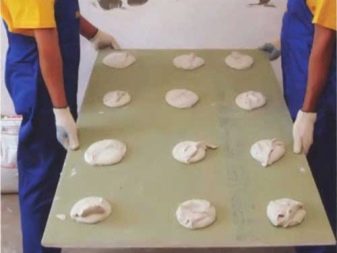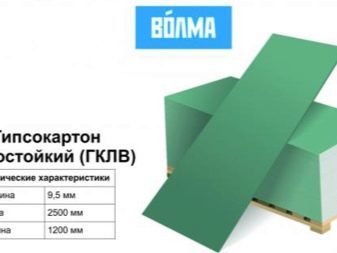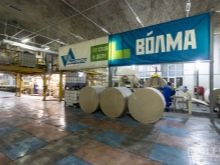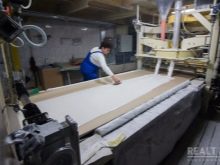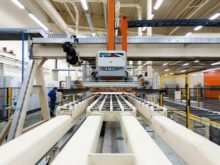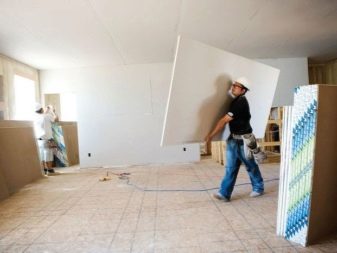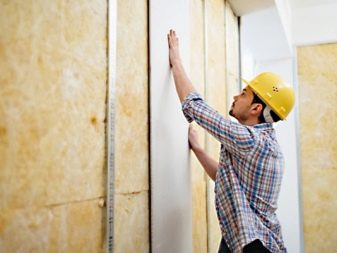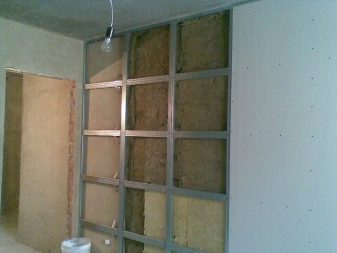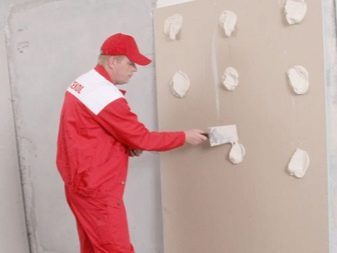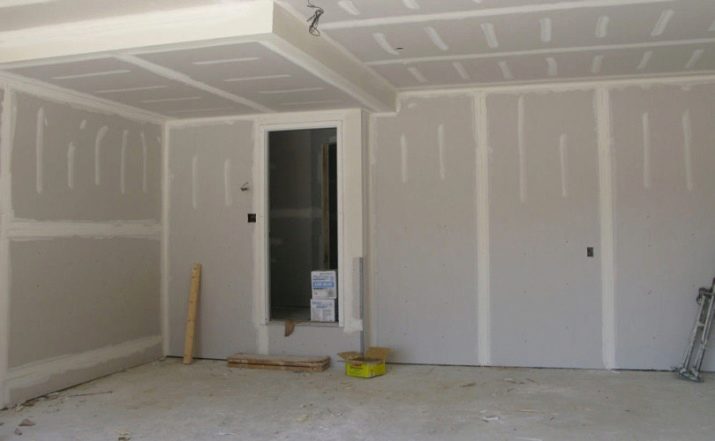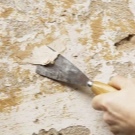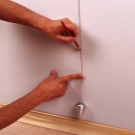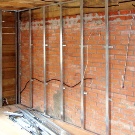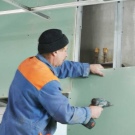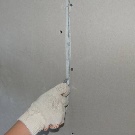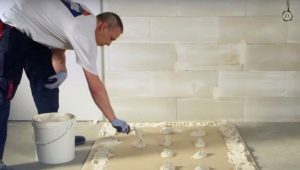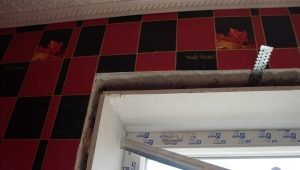Where in construction use moisture resistant and other types of Volma drywall?
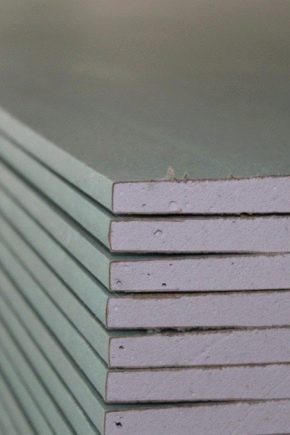
Drywall "Volma" is made by a whole network of branches, which were created on the basis of the Volgograd plant. There are different types of material, including moisture resistant. It is used in construction for leveling wall and ceiling surfaces, creating partitions and various decorative elements.
- The material has high strength. When creating interior partitions do not need to strengthen them. It is used only in the case of mounting on the partition of heavy furniture elements. Despite this, the sheets are extremely lightweight. Because of this, they are very convenient and easy to use.
- Gypsum plasterboards provide uniform coloring and putting plaster when performing finishing.On drywall wallpaper is qualitatively and easily glued, tile is put. Due to the lightness of the created designs, there is a large field for creative ideas when creating designs.
- Moisture resistant options are made of fiberglass. Depending on the type of drywall, the weight may be different. The width of one sheet is always constant - one thousand two hundred millimeters.
- Plates are made from natural gypsum. Initially, the raw material is ground, and then fired at a temperature of 180–200 degrees. On both sides of the sheet is covered with several layers of cardboard. To prevent crumbling of the ends, the cardboard is bent and completely covers the edge. Starch, glass and cellulose fibers, water-repellent and anti-fungal agents are additionally added to the raw materials.
This material is flame resistant and has a certificate of conformity. Feedback from experts about it is mostly only positive. The most popular dimensions of this material are 2500 x 1200 x 12.5 mm and 2500 x 1200 x 9 mm.
Kinds
In addition to moisture resistant drywall, there are other types with different characteristics.
- Standard (FCL).
- Moistureproof (GKLV) - absorption of moisture up to five percent.
- Fireproof (GKLO) - resistance to fire from twenty minutes.
- Moisture-resistant and fireproof (GKLVO).
Sheets, regardless of type, are standard. The length is 2500 mm, width - 1200 mm, the thickness of standard and moisture-resistant plates - 9.5 mm, fire-resistant and moisture-resistant fire-resistant - 12.5 mm. The company can individually make non-standard sheets for interior partitions and wall coverings. They will be 3000 mm in length and 12.5 in thickness.
Using
Drywall is used for finishing the front sides. To connect several elements along the edge, you need to make a chamfer, since the ends have a rectangular shape. With high-quality chamfering under the correct slope, the joints are almost imperceptible. Then they should additionally be sealed with putty.
Before breaking the sheet, you need to make as deep a cut as possible. This will provide an even neat edge. If you need to cover an uneven or convex surface, the cardboard should be bent only in length. The material does not crumble during the twisting of the screws.
To avoid the formation of tubercle after finishing putty, the joints should be processed with putty intended for joints.
Cardboard plates are used for wall, ceiling, arched, acoustic, laminated, insulated finishes and for decoration. Thin sheets are used for the device of stretch ceilings, and thick - for walls.
Moisture resistant type is used even when carrying out sewage.
The company produces all the necessary elements for installation, such as putty, glue, frame, fasteners and more. It is advised to use plasterboard and additional fastening components of the same brand.
Benefits and features
The cardboard plates of Volma have a porous structure. This ensures that the optimum temperature and humidity levels in each room are maintained. With increased humidity in the room drywall absorbs excess, and in the case of a decrease in the level of moisture - gives.
In the event of a fire, the material begins to ignite after a few hours. In this case, the fire does not lead to the release of toxic substances.
When processing rooms with a high level of humidity (bathroom, bathroom) with drywall, preference should be given to moisture-resistant or moisture-resistant refractory materials.This will prevent mold and mildew on the walls. Also, the manufacturer recommends the use of moisture-proof option for covering private areas.
Plasterboard plates brand "Volma" have a high degree of environmental friendliness. The sheets are specially created with a thinned edge to create invisible joints.
In connection with the improvement of a number of characteristics, such as density, water resistance, moisture absorption, strength, lightness, Volma is produced according to technical conditions, and not according to the state standard, like other brands.
During production, to improve the quality of adhesion of gypsum and cardboard, non-standard components, such as starch and sugar, are added to the raw materials.
The main advantages of drywall are:
- durability;
- ease of mounting and installation;
- convenience in processing;
- the ability to independently engage in the decoration of the premises;
- small weight;
- strength;
- flexibility;
- availability;
- environmental friendliness.
Mounting and installation
Before fastening, the wooden surface should be treated with a special tool. Finishing of the room can be carried out with and without frame.To prevent deformation of the plates, drywall should be glued to the ceiling or wall surface with mounting adhesive. For this procedure, you can use glue brand Volma. It provides high-quality adhesion of two surfaces.
Due to the limited water absorption (up to five percent), the Volma gypsum board is perfect for finishing bathrooms, bathrooms, baths and saunas. At the same time it is attached with special profiles. The frame itself can be made of both metal and wood. When choosing a wooden material, it is desirable to pre-treat with an antiseptic.
When finishing rooms with a high level of humidity, the walls should be treated with a primer for installation of gypsum boards, paint or a waterproofing compound. Such means are applied in two or three layers depending on the level of porosity of the wall.
In the work should follow the generally accepted scheme of installation.
- First of all, all the old coating is dismantled.
- Then the marking is applied on drywall. Without markup, there is a risk of uneven frame installation. Help will come to measure the cord, level and tape.
- The profile is mounted on the markup, a grid is created (in the frameless method of installation this item is omitted).
- Next comes the fastening panels. For mounting on the profile, you will need screws, for mounting directly on the wall or ceiling - glue.
- After all the slabs are fixed with a stationery knife, the seams are sewn. Then the joints are sealed with a building bandage (serpyank tape) and plastered with putty.
- The surface is primed.
- The final touch is the finishing putty.
Drywall is easy cutting material. The use of this brand allows you to finish the premises yourself. Volma plasterboard plates are cheaper than many other manufacturers, but they are not inferior in quality, which is undeniably a big plus.
About the secrets of the installation of drywall and technology and tools for partitions, see the following video.
